Polysplenia syndrome
Citation, DOI, disclosures and article data
At the time the article was created Mohammad Taghi Niknejad had no recorded disclosures.
View Mohammad Taghi Niknejad's current disclosuresAt the time the article was last revised Lam Van Le had no financial relationships to ineligible companies to disclose.
View Lam Van Le's current disclosures- Left isomerism
- Polysplenia
- Bilateral left-sidedness
- Left sided isomerism
Polysplenia syndrome, also known as left isomerism, is a type of heterotaxy syndrome where there are multiple spleens congenitally as part of left-sided isomerism.
On this page:
Epidemiology
Polysplenia is seen predominantly in female patients. It is usually diagnosed in childhood or adulthood, later than asplenia syndrome, since associated congenital heart diseases tend to be less severe than those encountered in the latter.
Associations
-
congenital heart disease (>50%): especially non-cyanotic, and less complex/severe than in asplenia syndrome 3
dextrocardia (37%)
-
gastrointestinal
semi-annular pancreas / dorsal pancreatic agenesis 4,6,8
midgut malrotation (80%) 7,8
gallbladder agenesis (50%) and biliary atresia
absent C-loop of duodenum
-
genitourinary
-
vascular
-
inferior vena cava anomalies 7,8
intrahepatic IVC interruption with azygos/hemiazygos continuation
-
portal vein anomalies 7,8
-
Clinical presentation
It is related to the associated pathology.
Pathology
Polysplenia results from failure of development of the usual left-right asymmetry of organs and consists of situs ambiguus, with features of bilateral left-sidedness.
Etiology
The exact cause of polysplenia is unknown. However, it is suggested that it is caused by various factors 10:
embryogenic
genetic
teratogenic
Radiographic features
General
-
primary features:
presence of multiple splenules without a parent spleen
typically occurs on the left side, though it may be bilateral
commonly associated with inferior vena cava interruption, with azygos or hemiazygos continuation3
-
additional characteristic features:
bilateral hyparterial bronchi
bilateral bilobed lungs
bilateral pulmonary arteries/left atria
midline liver
Treatment and prognosis
-
overall mortality:
the condition carries a 75% mortality rate by age 5
-
impact of congenital geart disease:
the presence of congenital heart diseases significantly increases the mortality rate
-
1-Year Mortality:
in polysplenia syndrome, the 1-year mortality rate is greater than 50%, as it is less commonly associated with congenital heart diseases11
-
in comparison, right isomerism has a 1-year mortality rate of approximately 85%
See also
References
- 1. Gayer G, Zissin R, Apter S, Atar E, Portnoy O, Itzchak Y. CT Findings in Congenital Anomalies of the Spleen. Br J Radiol. 2001;74(884):767-72. doi:10.1259/bjr.74.884.740767 - Pubmed
- 2. John P. McGahan, Barry B. Goldberg. Diagnostic Ultrasound. (2008) ISBN: 9781420069785 - Google Books
- 3. Applegate K, Goske M, Pierce G, Murphy D. Situs Revisited: Imaging of the Heterotaxy Syndrome. Radiographics. 1999;19(4):837-52; discussion 853-4. doi:10.1148/radiographics.19.4.g99jl31837 - Pubmed
- 4. Herman T & Siegel M. Polysplenia Syndrome with Congenital Short Pancreas. AJR Am J Roentgenol. 1991;156(4):799-800. doi:10.2214/ajr.156.4.2003448 - Pubmed
- 5. Jelinek J, Stuart P, Done S, Ghaed N, Rudd S. MRI of Polysplenia Syndrome. Magn Reson Imaging. 1989;7(6):681-6. doi:10.1016/0730-725x(89)90538-9 - Pubmed
- 6. Hadar H, Gadoth N, Herskovitz P, Heifetz M. Short Pancreas in Polysplenia Syndrome. Acta Radiol. 1991;32(4):299-301. - Pubmed
- 7. Low J, Williams D, Chaganti J. Polysplenia Syndrome with Agenesis of the Dorsal Pancreas and Preduodenal Portal Vein Presenting with Obstructive Jaundice--A Case Report and Literature Review. Br J Radiol. 2011;84(1007):e217-20. doi:10.1259/bjr/27680217 - Pubmed
- 8. Kobayashi H, Kawamoto S, Tamaki T, Konishi J, Togashi K. Polysplenia Associated with Semiannular Pancreas. Eur Radiol. 2001;11(9):1639-41. doi:10.1007/s003300000757 - Pubmed
- 9. Yildiz A, Ariyurek M, Karcaaltincaba M. Splenic Anomalies of Shape, Size, and Location: Pictorial Essay. The Scientific World Journal. 2013;2013(1):321810. doi:10.1155/2013/321810 - Pubmed
- 10. de la Monte S & Hutchins G. Sisters with Polysplenia. Am J Med Genet. 1985;21(1):171-6. doi:10.1002/ajmg.1320210125 - Pubmed
- 11. Kim S. Heterotaxy Syndrome. Korean Circ J. 2011;41(5):227-32. doi:10.4070/kcj.2011.41.5.227 - Pubmed
Incoming Links
- Eparterial bronchus
- Tracheobronchial branching anomalies
- Heterotaxy syndrome
- Asplenia syndrome
- Splenic lesions and anomalies
- Situs inversus
- Abernethy malformation
- Splenosis
- Splenunculus
- Biliary atresia
- Isomerism
- Preduodenal portal vein
- Gallbladder agenesis
- Dorsal pancreatic agenesis
- Spleen
- Hyparterial bronchus
- Azygos continuation of the inferior vena cava
- Polysplenia syndrome - left isomerism
- Eisenmenger syndrome
- Eisenmenger syndrome
- Situs ambiguus - polysplenia
- Polysplenia syndrome
- Left sided heterotaxy (polysplenia syndrome)
- Gastric GIST assessment with Choi response criteria
- Situs ambiguus - left isomerism
- Wandering accessory spleen with torsion of vascular pedicle
- Bilobed spleen
- Caudal regression syndrome associated with left isomerism
- Polysplenia syndrome
- Polysplenia syndrome
- Duplication of inferior vena cava with azygos and hemiazygos continuation
- Congenital heart disease - pre- and post-operative chest x-rays
- Polysplenia syndrome
- Polysplenia syndrome
- Left sided heterotaxy syndrome (polysplenia)
- Gastric adenocarcinoma in a patient with situs inversus
- Choledocholithiasis in a patient with left isomerism (polysplenism)
Related articles: Splenic pathology
- normal appearance of the spleen
- pseudolesion of the spleen: inhomogeneous splenic enhancement
-
splenic lesions and anomalies
- congenital anomalies
- mass lesions
- benign
- indeterminate
- malignant
- infiltrative processes
- miscellaneous
- incidental splenic lesion (approach)
Related articles: Anatomy: Abdominopelvic
- skeleton of the abdomen and pelvis
- muscles of the abdomen and pelvis
- spaces of the abdomen and pelvis
- anterior abdominal wall
- posterior abdominal wall
- abdominal cavity
- pelvic cavity
- perineum
- abdominal and pelvic viscera
- gastrointestinal tract
- spleen
- hepatobiliary system
-
endocrine system
-
adrenal gland
- adrenal vessels
- chromaffin cells
- variants
- pancreas
- organs of Zuckerkandl
-
adrenal gland
-
urinary system
-
kidney
- renal pelvis
- renal sinus
- avascular plane of Brodel
-
variants
- number
- fusion
- location
- shape
- ureter
- urinary bladder
- urethra
- embryology
-
kidney
- male reproductive system
-
female reproductive system
- vulva
- vagina
- uterus
- adnexa
- Fallopian tubes
- ovaries
- broad ligament (mnemonic)
- variant anatomy
- embryology
- blood supply of the abdomen and pelvis
- arteries
-
abdominal aorta
- inferior phrenic artery
- celiac artery
- superior mesenteric artery
- middle suprarenal artery
- renal artery (variant anatomy)
- gonadal artery (ovarian artery | testicular artery)
- inferior mesenteric artery
- lumbar arteries
- median sacral artery
-
common iliac artery
- external iliac artery
-
internal iliac artery (mnemonic)
- anterior division
- umbilical artery
- superior vesical artery
- obturator artery
- vaginal artery
- inferior vesical artery
- uterine artery
- middle rectal artery
-
internal pudendal artery
- inferior rectal artery
-
perineal artery
- posterior scrotal artery
- transverse perineal artery
- artery to the bulb
- deep artery of the penis/clitoris
- dorsal artery of the penis/clitoris
- inferior gluteal artery
- posterior division (mnemonic)
- variant anatomy
- anterior division
-
abdominal aorta
- portal venous system
- veins
- anastomoses
- arterioarterial anastomoses
- portal-systemic venous collateral pathways
- watershed areas
- arteries
- lymphatics
- innervation of the abdomen and pelvis
- thoracic splanchnic nerves
- lumbar plexus
-
sacral plexus
- lumbosacral trunk
- sciatic nerve
- superior gluteal nerve
- inferior gluteal nerve
- nerve to piriformis
- perforating cutaneous nerve
- posterior femoral cutaneous nerve
- parasympathetic pelvic splanchnic nerves
- pudendal nerve
- nerve to quadratus femoris and inferior gemellus muscles
- nerve to internal obturator and superior gemellus muscles
- autonomic ganglia and plexuses


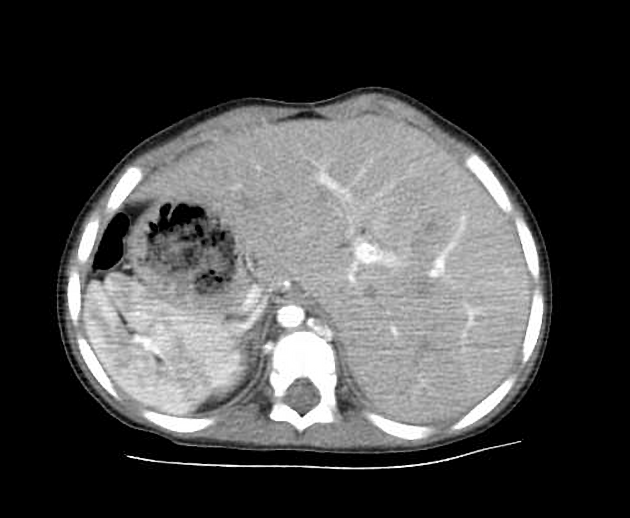
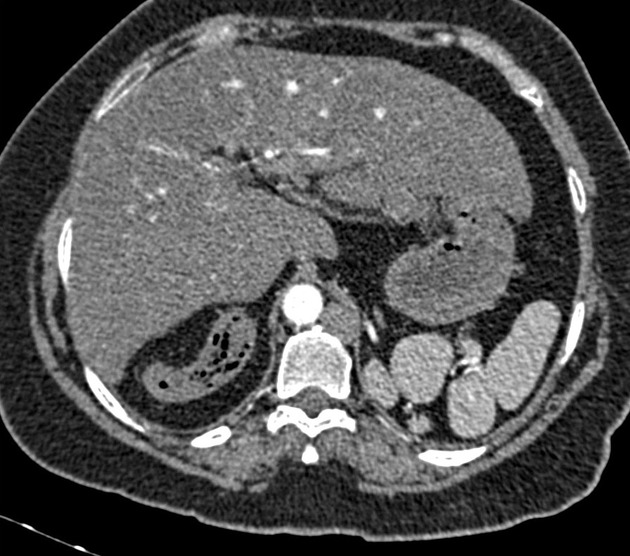
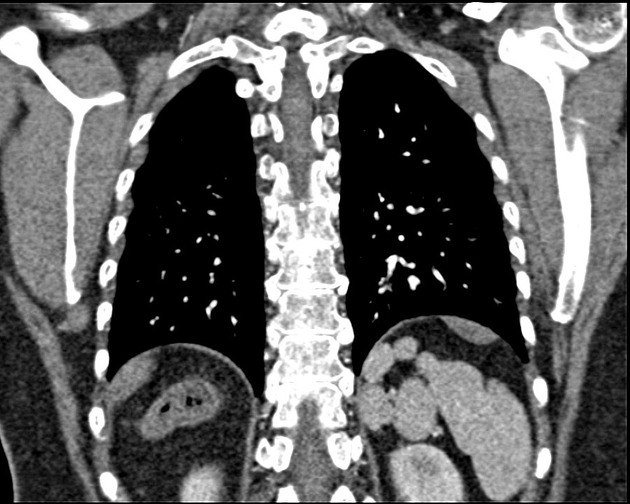

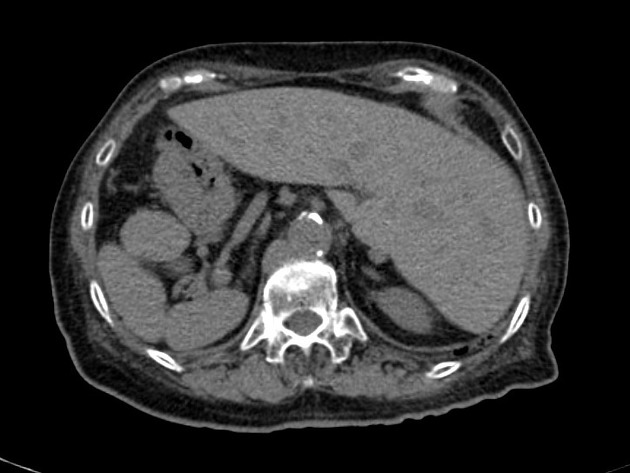
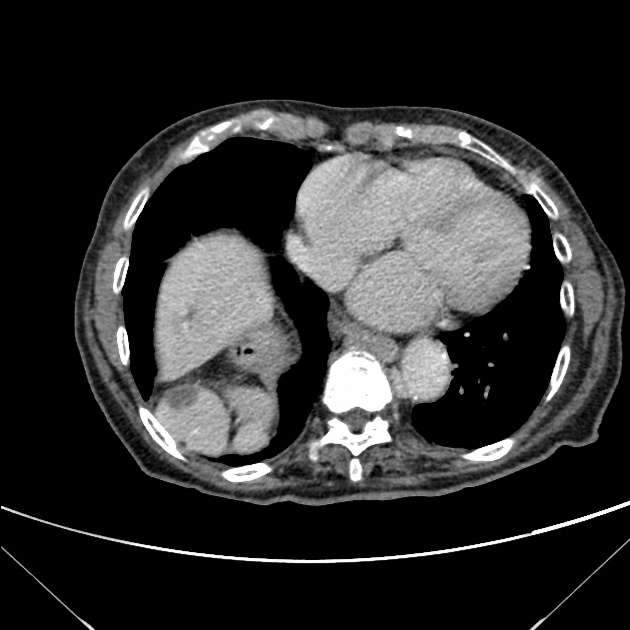
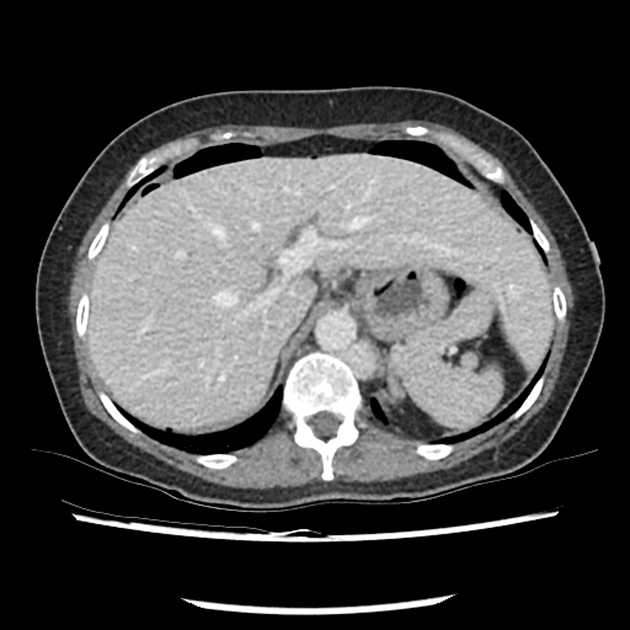
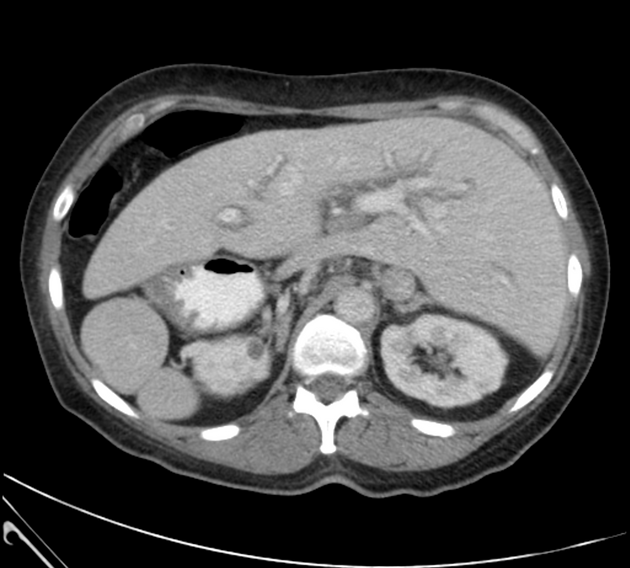
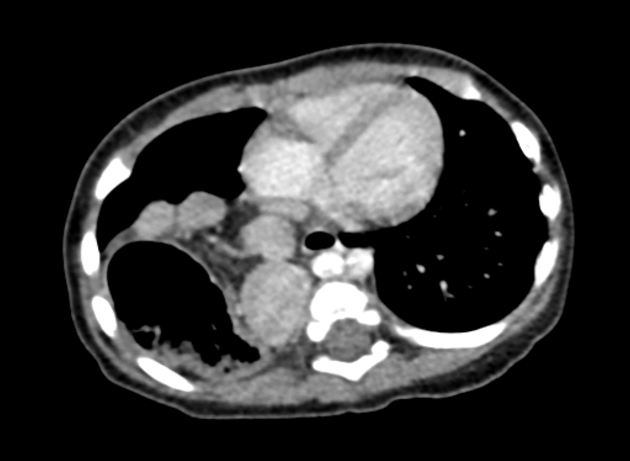
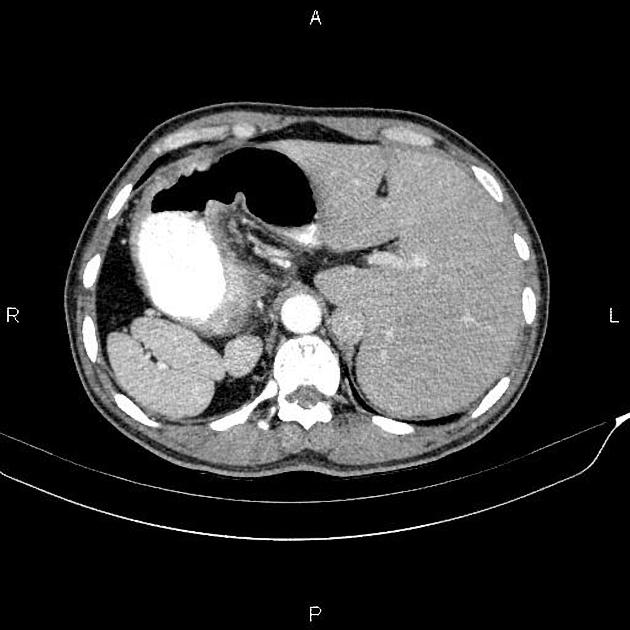
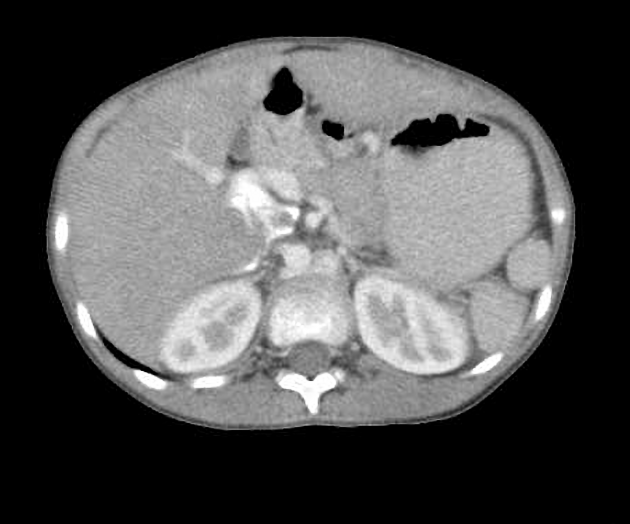
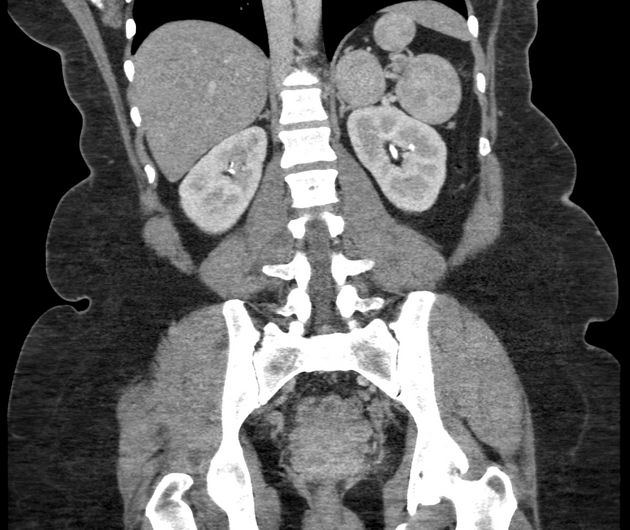
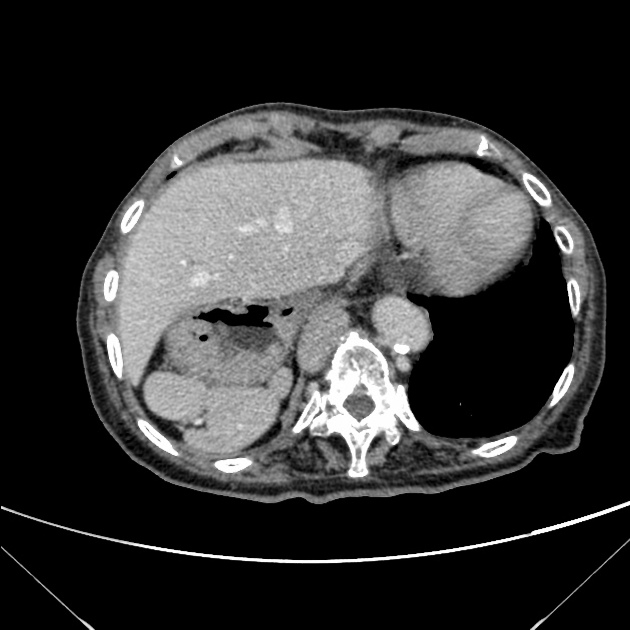
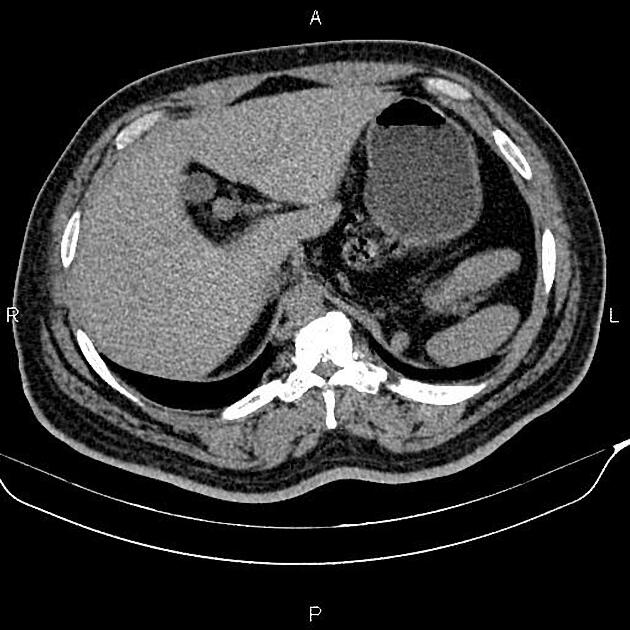
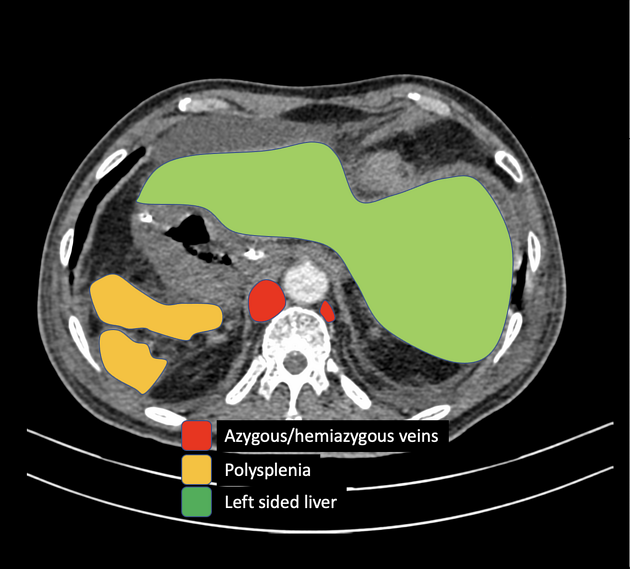
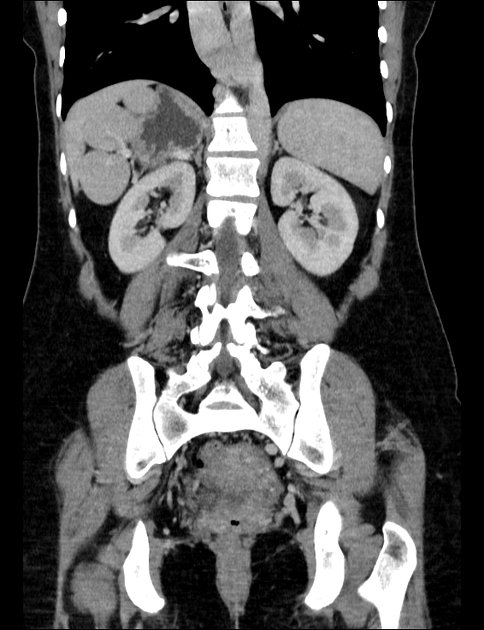
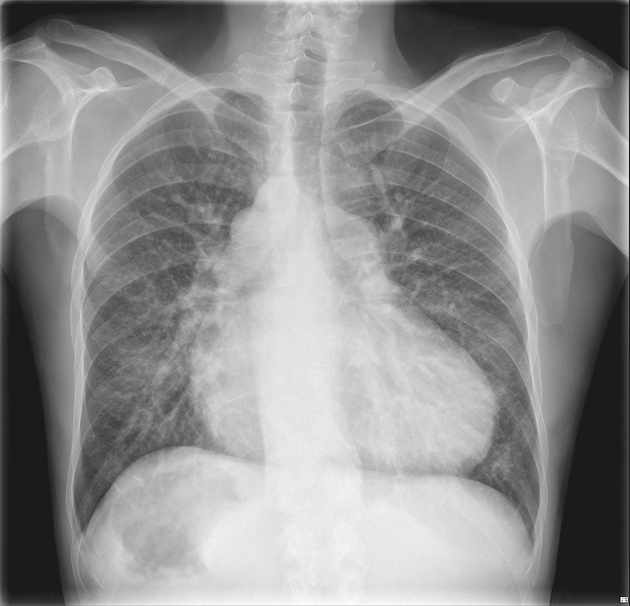
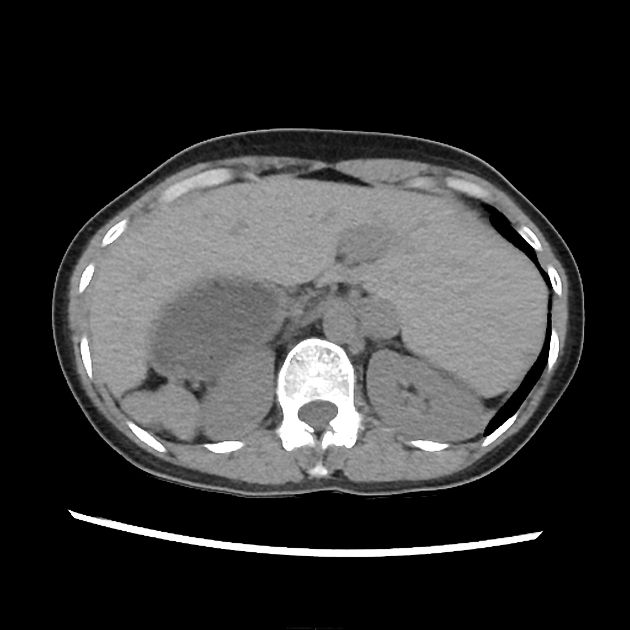


 Unable to process the form. Check for errors and try again.
Unable to process the form. Check for errors and try again.